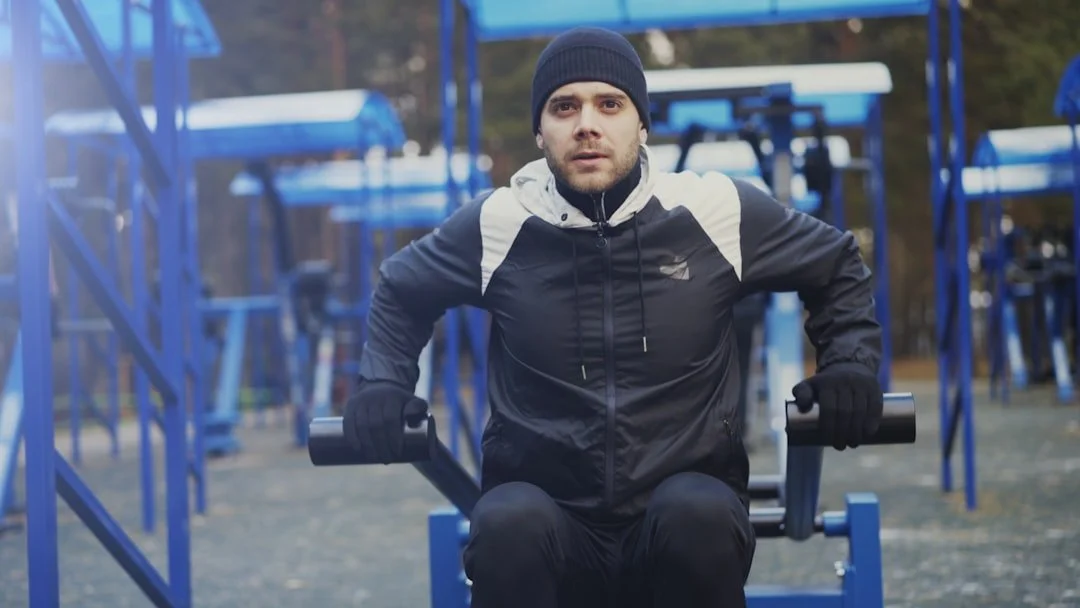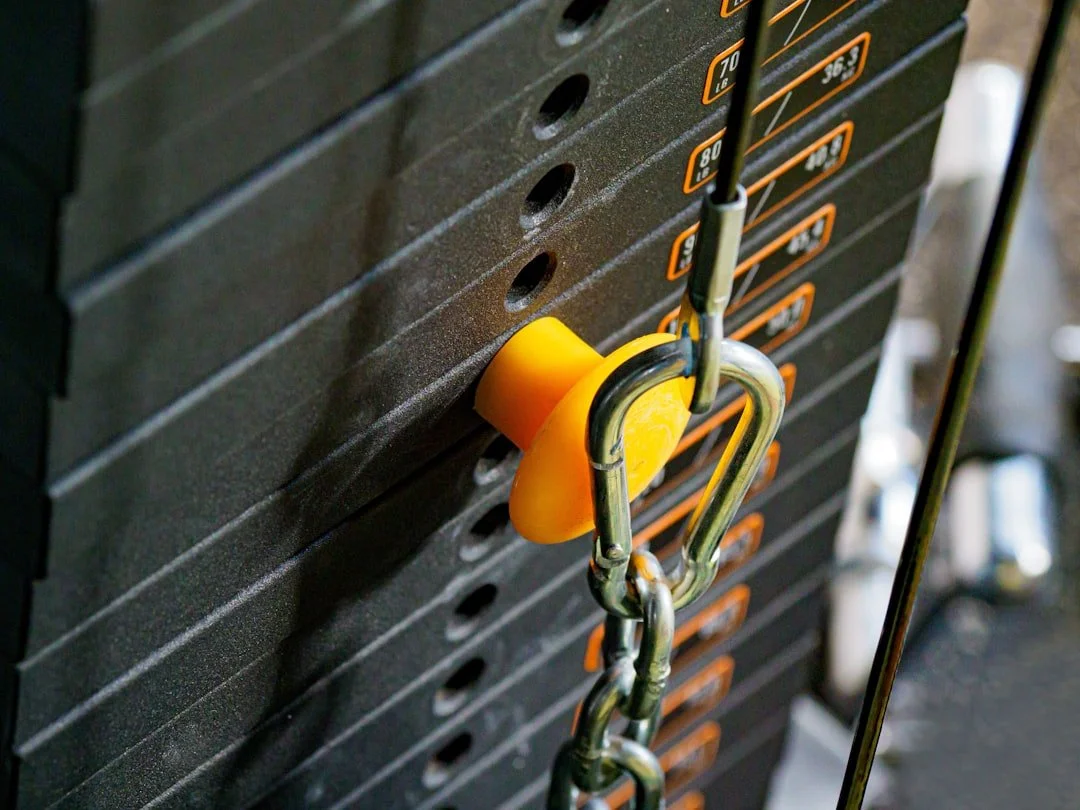30 Days to Vail Opening Day: Your Couch-to-Summit Snowboard Workout Plan
By Get Back Physical Therapy • 2025-10-28
Training now means shredding later—without the injury timeout
Vail Mountain fires up its lifts on November 14th, 2025. That's approximately 30 days from now. You've been thinking about snowboarding since last April, but your quads haven't seen much action beyond walking to your car.
Sound familiar?
Showing up unprepared doesn't just mean burning out by lunch. You're setting yourself up for one of the 600,000+ snowboarding injuries that happen every year—with ankle and wrist injuries leading the pack.
But 30 days is enough time. Not to become an Olympic athlete, but to build the baseline strength and stability that lets you ride confidently without your body staging a revolt on day two.
Why 30 Days Matters
Your body needs time to adapt. Muscles need to remember how to fire together. Tendons need to strengthen. Balance systems need recalibration.
What 30 days of consistent training can deliver:
Reduced injury risk by building protective strength
Better endurance for full-day riding
Improved balance and board control
Less post-ride soreness and faster recovery
What it won't do: Make up for a full offseason of zero training. But it's infinitely better than showing up cold.
The Snowboarder's Vulnerability Map
Snowboarding places unique demands on your body that differ from skiing:
Ankle and Lower Leg: Your front ankle does most of the steering. Weak ankles = poor control and higher sprain risk.
Quads and Glutes: These muscles brake and turn you down the mountain. When they fatigue, your form collapses and injury risk spikes.
Core and Hips: Every turn requires rotational control. Weak cores mean compensating with your back and knees.
Wrists: First-time and intermediate riders fall—often backward. Weak wrists absorb those impacts poorly.
All of these can be trained in 30 days.
Building the foundation for moves like this takes dedicated prep work
The 30-Day Couch-to-Summit Plan
This program assumes you're currently doing minimal structured exercise. If you're already active, you'll progress faster. If you haven't moved much lately, stick with the prescribed progression.
Program Framework
Frequency: 4-5 days per week Session Time: 30-40 minutes Rest Days: Essential—this is when adaptation happens Equipment: Minimal (bodyweight, resistance band optional)
Week 1-2: Movement Foundation
Goal: Wake up dormant muscles and build work capacity
Session Structure (4x this week):
5-min warm-up (jumping jacks, arm circles, leg swings)
Main work: 3 rounds
5-min cooldown (light stretching)
The Main Circuit
1. Goblet Squats (or Bodyweight Squats) Targets: Quads, glutes, riding position strength
Feet shoulder-width, toes slightly out
Squat until thighs parallel (or as low as comfortable)
Drive through heels to stand
3 sets x 12 reps
2. Single-Leg Balance Holds Targets: Ankle stability, proprioception
Stand on one leg, other knee lifted
Hold for time without wobbling
Progress by closing eyes or standing on unstable surface
3 sets x 30 seconds each leg
3. Plank with Hip Rotation Targets: Core stability, rotational control
Hold plank position
Rotate hips side to side slowly
Keep shoulders stable
3 sets x 20 rotations
4. Reverse Lunges Targets: Single-leg strength, balance
Step back into lunge
Lower knee toward ground
Push through front heel to return
3 sets x 10 reps each leg
5. Wrist Strengthening Series Targets: Impact absorption, fall protection
Wrist curls and extensions
Prayer stretches
Finger spreads with resistance
2 sets x 15 reps each direction
Week 1-2 Success Metric: Complete all workouts without excessive soreness. Form is clean. You're not dreading the next session.
Week 3: Intensity Increase
Goal: Build muscular endurance and power
Changes from Week 1-2:
Increase squat depth if possible
Add jump to lunge (alternating jump lunges)
Hold single-leg balance on unstable surface (pillow, foam pad)
Add side planks with rotation (3 sets x 10 each side)
Increase work from 3 rounds to 4 rounds
New Addition: Wall Sits Targets: Isometric quad strength, mental toughness
Back against wall, slide down to 90° knee bend
Hold position, focus on breathing
3 sets x 45-60 seconds
This is also the week to add some cardio if you haven't been doing any. Nothing crazy—20-30 minutes of biking, hiking, or jogging 2-3 times this week between strength sessions.
Week 4: Pre-Season Peak
Goal: Simulate snowboarding demands and build resilience
You're 5-7 days from opening day. This week is about priming your system and managing fatigue so you arrive fresh.
Monday & Wednesday: Full Workout
Keep the Week 3 routine but add:
1. Lateral Bounds Targets: Side-to-side power (like carving)
Bound from side to side
Land softly on one leg, stick for 1 second
Explode to other side
3 sets x 8 bounds each direction
2. Bulgarian Split Squats Targets: Unilateral leg strength
Rear foot elevated on bench/couch
Lower into lunge position
Drive through front leg to stand
3 sets x 8 reps each leg
Friday: Movement Review & Mobility
Light day focused on:
Movement pattern review (all exercises at 50% effort)
Extended mobility work (hip openers, ankle circles, thoracic rotation)
Visualization of successful riding
Weekend: Rest completely or very light activity (easy walk, gentle stretching). You're about to ask a lot of your body.
Consistent training beats sporadic intensity every time
The First-Day Protocol
Opening day arrives. You've put in the work. Now don't blow it by going too hard too soon.
Morning of:
Dynamic warm-up in the parking lot (yes, really)
Start on easier terrain regardless of your level
Take a break every hour for the first half-day
Hydrate aggressively (altitude + cold + exertion = dehydration)
Signs to call it early:
Quad burn that won't recover during rest breaks
Loss of board control or sloppy turns
Mental fatigue (this is when mistakes happen)
Remember: Opening weekend is a marathon, not a sprint. Ride 70% on day one so you can ride 100% by day three.
Common Training Mistakes
Going too hard in Week 1: Enthusiasm is great. Injury from overuse is not. Stick to the prescribed volume.
Skipping rest days: Adaptation happens during rest, not during training. Working out 7 days straight doesn't make you tougher—it makes you tired.
Ignoring pain signals: Soreness is normal. Sharp pain, joint instability, or swelling are not. Address issues early.
Only training legs: Snowboarding is full-body. Don't skip core, upper body, or wrist work.
Nutrition Notes
Training creates demand. Fuel it properly:
Protein: 0.7-1g per pound of bodyweight daily to support muscle repair
Carbs: Don't fear them. Your muscles need glycogen to perform and recover.
Hydration: Start every training session fully hydrated. Altitude magnifies dehydration effects.
Sleep: This is when your body adapts. Aim for 7-8 hours, especially during training weeks.
What If You Miss Days?
Life happens. You'll miss sessions. When you do:
Missed 1 day: Continue as planned Missed 2-3 days: Repeat the previous week's workout once before moving forward Missed a full week: Drop back one week in the progression
Don't try to "make up" missed sessions by doubling up. That's how you get hurt.
After Opening Day
You've made it to the mountain. The work doesn't stop here.
In-season maintenance (throughout the season):
Continue strength training 2x per week
Focus on mobility and recovery between riding days
Address any developing issues immediately
Most snowboard injuries happen mid-to-late season when fatigue accumulates and form degrades. Continued training prevents that decline.
The Real Goal
This isn't about achieving perfect fitness in 30 days. It's about giving your body the foundation it needs to handle the unique demands of snowboarding without breaking down.
You're training for:
Resilience: So a full day doesn't wreck you
Injury prevention: So you ride all season, not just opening weekend
Confidence: So you can push your limits safely
Longevity: So you're still riding 20 years from now
Your 30-Day Commitment
The investment: 30-40 minutes, 4-5 times per week for 30 days
The payoff: Stronger riding, fewer injuries, more fun, and the satisfaction of showing up prepared while others are limping by lunch.
Vail opens November 14th. The countdown is on. What you do between now and then determines how your season goes. Get to work.
Related Articles
For more Colorado-specific training and injury prevention:
Ski Season Prep Workout for Women: Bulletproof Your Knees Before You Hit the Slopes - Gender-specific training considerations for winter sports
Common Sports Injuries in Denver Athletes: Prevention Strategies That Work - Understanding injury patterns at altitude
Denver Winter Fitness: How to Stay Active and Injury-Free All Season - Maintaining consistency through Colorado winters
Sources
Burton Snowboards: The Snowboarder's Workout - Evidence-based exercise recommendations from industry leaders
REI Expert Advice: How to Train for Snowboarding - Comprehensive training guidelines
Vail Daily: Vail Opening Day 2025-26 - Official Vail Mountain opening date information
National Ski Areas Association injury statistics and prevention research
Ready to dial in your snowboard prep? Our physical therapists at Get Back PT work with Denver snowboarders year-round. We'll assess your movement patterns and create a personalized plan to keep you riding strong all season.



